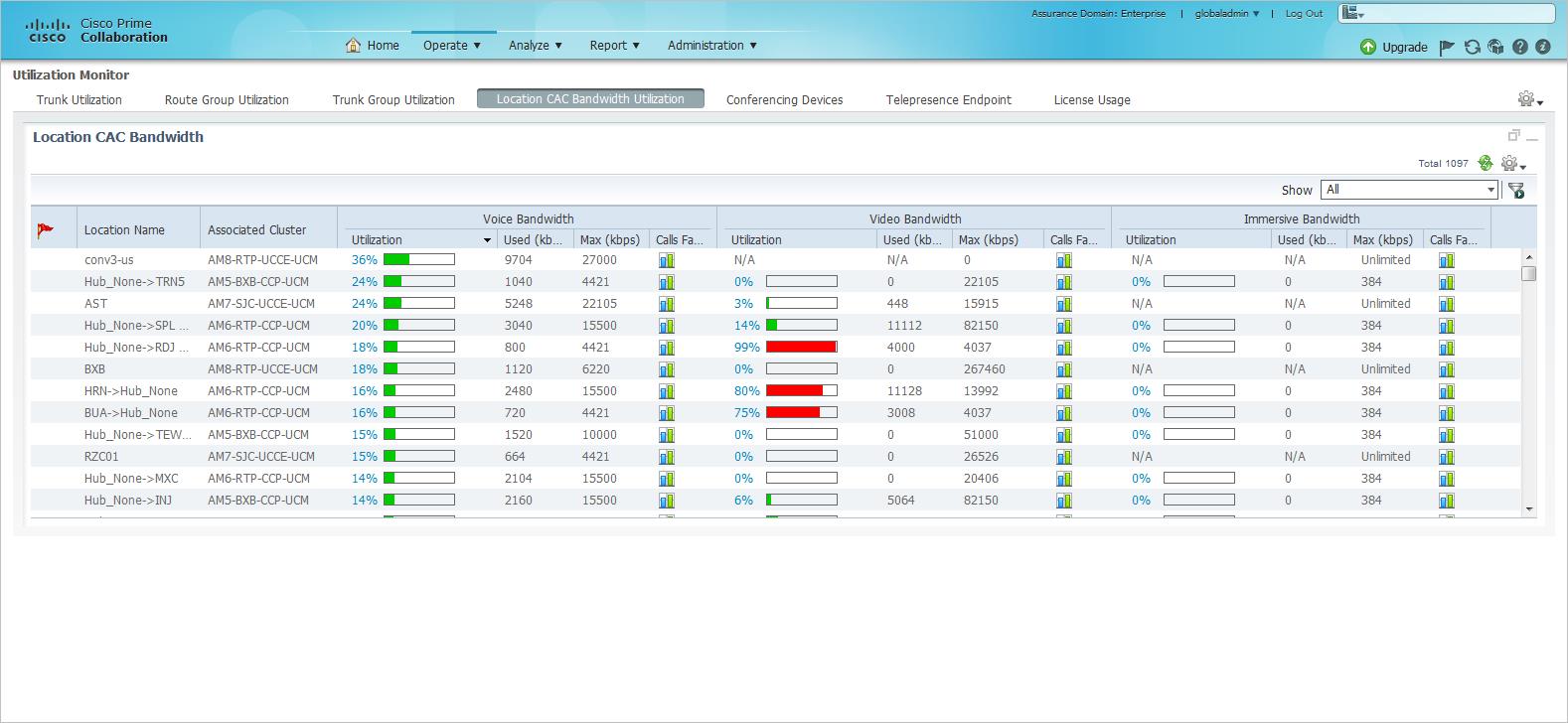In this month’s blog, I want to discuss troubleshooting top 5 VoIP issues faced by IT using Cisco Prime Collaboration Assurance. Cisco Prime Collaboration Assurance offers monitoring and troubleshooting of Cisco TelePresence solutions and the entire Cisco Unified Communications system, including Cisco Unified Communications Manager, Cisco Unity Connection and Cisco Unified Contact Center Enterprise.
Here are the top 5. Have you experienced these issues in your environment?
1. Poor call quality:
The following metrics can affect call quality:
- Latency: Latency measures the time taken for a voice packet to reach its destination. Higher latency leads to delay in reception as well as overlap issues with one speaker interrupting the other.
- Jitter: Jitter is defined as a variation in the delay of received packets. At the sending side, packets are sent in a continuous stream with voice packets spaced evenly apart. Due to network congestion or configuration errors, this steady stream can become lumpy, or the delay between each packet can vary instead of remaining constant resulting in choppy call quality.
- MOS: Measure of audio call quality that is audio codec dependent. Rule of thumb: Higher the MOS score, better the call quality.
All of the metrics as well as access switches and routers involved in a conversation can easily be accessed from Top 5 Poor Voice Call Quality Locations dashlet that is available from Service Experience dashboard. With a few clicks, network engineer can quickly obtain visibility into above metrics.

2. Lack of sufficient bandwidth:
Ensuring adequate bandwidth is allocated is a key requirement of VoIP networks.
Audio and video quality can begin to degrade when too many active calls exist on a link and the amount of bandwidth is oversubscribed. Call admission control regulates audio and video quality by limiting the number of calls that can be active on a particular link at the same time.
Prime Collaboration Assurance provides information about voice, video and immersive bandwidth utilization including number of calls failed due to lack of enough bandwidth.

3. High Trunk Utilization:
Prime Collaboration Assurance provides visibility for SIP Trunks, MGCP Gateways as well as H.323 Gateways.

4. Unregistered endpoints
Endpoint diagnostics provides information about all endpoints. Users can also view switch or switches connected to these endpoints. This capability is very useful when troubleshooting unregistered endpoints – visibility of associated switch or switches enables users to quickly isolate whether there is a problem with the switch or switches connected to these unregistered endpoints.

5. UC Infrastructure Failure
UC Infrastructure consists of many components such as CUCM, Unity Connection, Voice Gateways, SIP Gateways amongst others. Any of these components may fail causing outages. It is crucial for network engineers to get alerted so that corrective action can be taken. Prime Collaboration monitors all the UC components and alerts the user when a fault occurs. Alarms are categorized as ‘Critical’, ‘Major’, ‘Minor’ and ‘Warning’. These can be forwarded to another network management system via SNMP traps or forwarded via email. The alarms contain detailed description as well as recommended course of action that the network engineer could take to resolve the issue.


I would really like to hear from you. Have you experienced these issues in your environment? What other VoIP issues have you experienced? Have you used Prime Collaboration Assurance to solve these VoIP issues?
Please comment to this blog and share it out to others that might be interested. You can also learn more about Prime Collaboration.
